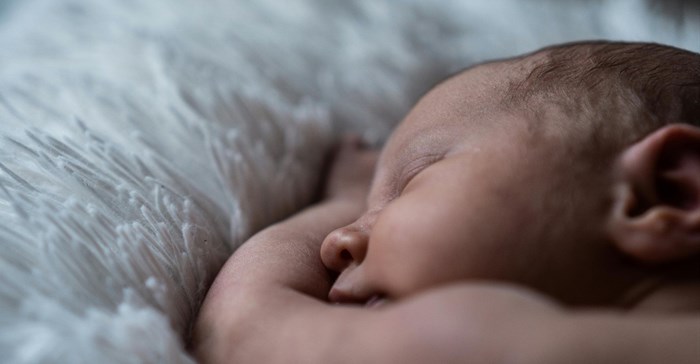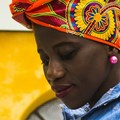The South African population has grown significantly over the last 10 years, with the latest Census counting 62,027,503 people across 17.8 million households.
This growth, however, has come with noteworthy changes in household dynamics across different segments of South Africa’s population: lowered birth rates, reduction in household size as well as changes in both demographics and family structure.
Lowered birth rates
Half of the global population live where the fertility rate is below 2.1 births per woman over a lifetime, which is the level of fertility at which a population replaces itself from one generation to the next.
In South Africa, women give birth, on average, to 2.33 children in their lifetimes. Although this rate is coming down it means the population is continuing to grow.
The reasons for the dramatic decline in birth rates during the past few decades include postponed family formation and child-bearing and a decrease in desired family sizes, but also improved medical care (especially birth control), sanitation, water supply, diet and lower child mortality. It is also impacted by increased access to education, and female labour participation rates.
Currently an estimated 1.2 million babies are born every year in South Africa. Our birth rate has fallen consistently (with the exception of the years 2004 to 2008) since 1950 with the current birth rate in 2024 at 18.8 births per 1,000 people, half of what it was in 1974 (37.5). Currently, 34% of births are to women 30 years and older, this is expected to rise to 48% by 2100.
Cost of having children
The cost of having children has skyrocketed over the past few decades. A recent BusinessTech article quoted a MiWayLife finding that first-time parents in SA spend on average around R100,000 per year to raise a child.
Old Mutual further states for every child that started Grade 1 in 2023, parents can expect to pay between R651,313 for public and R1,901,549 for private education over their school career, in real terms.
Developing, lower-income countries generally have higher fertility rates as families rely on larger household sizes as a means of survival, particularly in rural areas. It is also correlated with lower levels of education as well as access to and/or affordability of birth control.
Changes in marriage
Many South Africans are delaying marriage - sometimes indefinitely - because of an uncertain job market coupled with the high cost of living and general changes in social norms.
The age at which people are getting married has increased with the median age for brides increasing from 31 in 2015 to 33 in 2021, while bridegrooms’ median age has gone up from 36 to 37 over the same period.
Although marriage is a factor, a large proportion of children are born outside of marriage. In the US 41% of births are outside of marriage, while in South Africa studies suggest it is closer to 70% (globally the figure is roughly 15%).
Household size
Families are shrinking, the average household size which was at 4.5 in 1996, declined significantly to 4 in 2001 and 3.6 in 2011, but seems to have remained stable in the 2022 Census at 3.5 persons per household.
KZN, which had the largest household size in 1996 at 5.1, still has the largest average household size at 4.4 in 2022. Gauteng was the lowest in 1996 at 3.8 and is still the lowest at 2.8. The Western Cape, which was second lowest in 1996, remained in that position in 2022 with an average households size of 3.3.
Population demographics
South Africa is in a demographic transition, with the 0-4 year old population, which plateaued in size in 2012, expected to show the sharpest decline of any age group over the next quarter century.
Almost half of all the births in any given year occur in Gauteng and KZN, consistent with South Africa’s population distribution.
However, the data indicates that the births per population are higher in more rural provinces, such as KZN, Limpopo and the Northern Cape. Provinces that are predominately urbanised, such as Gauteng and the Western Cape have much lower births per population.
Overall, babies are being born to less affluent households, and households with children under three years are over indexed in lower income brackets (R1 - R9,999 per month) and lower LSMs (LSM 1-6). 40% of children in SA are born into households that earn less than R5,000 per month.
Family structure
The typical family structure in South Africa is dramatically different from most other countries, with a high incidence of extended families under one roof (grandparents and other dependents) and far too many single mothers.
Roughly two-thirds of women in South Africa with babies under the age of 2 are single (never married and not living together).
Mainly due to labour migration and low marital rates, one fifth (21.3%) of children aged 17 years and less do not live with their parents. Many children are raised in extended families by their grandparents or other relatives, particularly in rural areas.
“The changing structure of South African households is affected by all these factors and over time has resulted in a very different looking South Africa. These changes will have profound implications on not only dependency ratios, the labour market, healthcare system and overall GDP but also the future of our country,” concludes Eighty20.

































